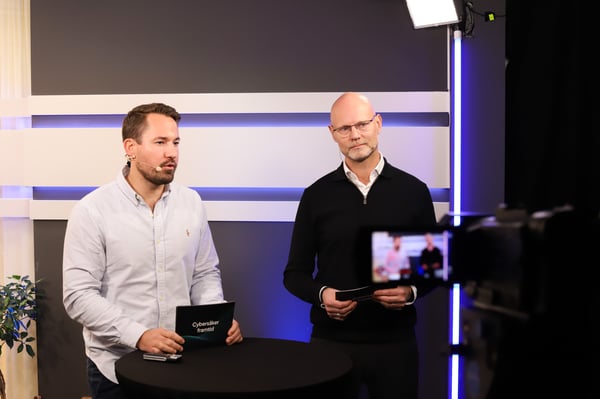Let’s run through the five most common challenges that arise when organisations pursue planning and follow-up without dedicated IT support.
1) Different working methods and information systems emerge
The planning process usually begins with the development of overall strategies and goals that the organisation will work towards together. These strategies and goals are then broken down into specific goals and action plans at each level in the organisation, and they tend to run over different time periods. At this stage, when different parts of the organiaation are involved in the work, different methods for processing and sharing information begin to emerge. Several different templates and versions of documents are circulated around the organiaation, while the common thread that should create cohesion and structure disappears. All of a sudden people are no longer moving in the same direction and the company’s common vision disappears.
2) It becomes difficult to stick to the plans and carry out what’s been agreed
Steering documents and plans are produced in the planning process, but they tend to be agreed upon and then forgotten. They are stored in different folders, on a server or in a document management system and left there.
Often there is no:
- Start or end date
- Clear delegation of responsibility
- System to stop the steering documents gathering digital dust instead of being brought to life in the organisation
In turn this means that information falls through the cracks, measures are deployed too late in the event of deviations and development in the organisation is hindered.
3) Cutting and pasting instead of analysis and improvement
When it’s time for the follow-up, all the templates and documents need to be found for reporting. Instead of focusing on producing high-quality content for the reports, time and energy is usually spent on searching for information, cutting and pasting, aggregating data and dealing with the layout while directions and instructions are missing.
As a result, the follow-up work is often a source of frustration…
and doesn’t lead to quality-assured results. Quite simply, the value of the report suffers. This is especially the case for organisation-wide reports such as annual reports, interim reports or patient safety reports.
4) Follow-up without context
If planning does not have a common thread, there is often no structure and context for the follow-up either, which results in the work being followed up section by section. Goals, indicators and activities are followed up individually and employees find it difficult to understand the context and why these specific goals and indicators need to be followed up. How motivating is it to follow up on indicators if you don’t know what the goal is?
Without clear context the correlation analysis falls short
If we fail to achieve a goal, what’s the reason for that? Have we focused on the right activities and development projects during the year to ensure we achieve our goals? Following up on the work section by section makes it more difficult to answer these questions and see the connections.
5) It becomes difficult to obtain an overview of or achieve transparency within the organisation
A good overview, clarity regarding the status of activities and a grasp on results are essential in driving large organisations in the right direction. They are also central to being able to implement targeted action plans in good time in the event of unexpected deviations.
Time-consuming filtering = unnecessary document management
- Often it is necessary to quickly select a specific piece of information
- To view the status of specific goals, indicators or activities
- Quickly selecting all the activities within an organisation linked to a specific goal can easily become a challenge
Having an overview of all the indicators relating to a specific development process that involves different functions throughout the entire organisation is impossible without a shared working method
The number one enemy of efficiency
It also becomes difficult to track the work carried out by other departments and units if planning and follow-up is frequently performed in locally stored documents. Which activities are other parts of the organisation investing in to enhance employee satisfaction? What analyses and conclusions have they formed from their work? There may be transparency in water cooler conversations, but in organisations with hundreds or thousands of employees, gaining a real-time overview of good examples and learning from each other is a major challenge.
Does this sound familiar?
Do one, a few or perhaps even all of these challenges sound familiar? Don’t worry, there’s a solution.
“The more of our planning that we do in Stratsys, the smoother the planning and follow-up process, while at the same time our employees feel more confident and comfortable with using the tool”
Eva-Lena Laier, Coordinator/Systems Specialist at Swedish Medical Products Agency



